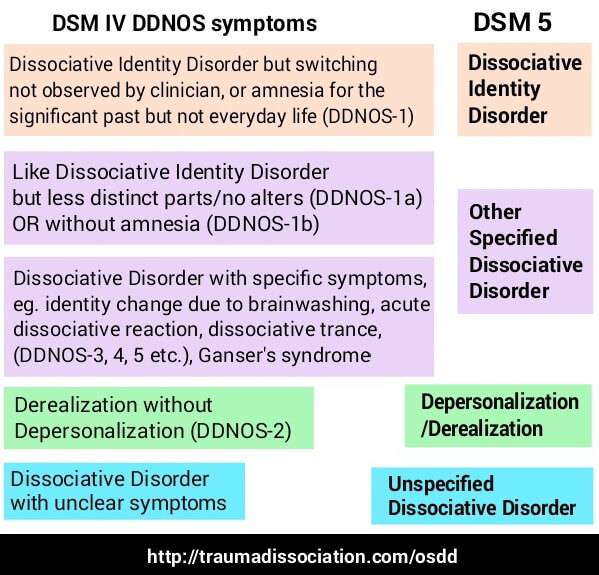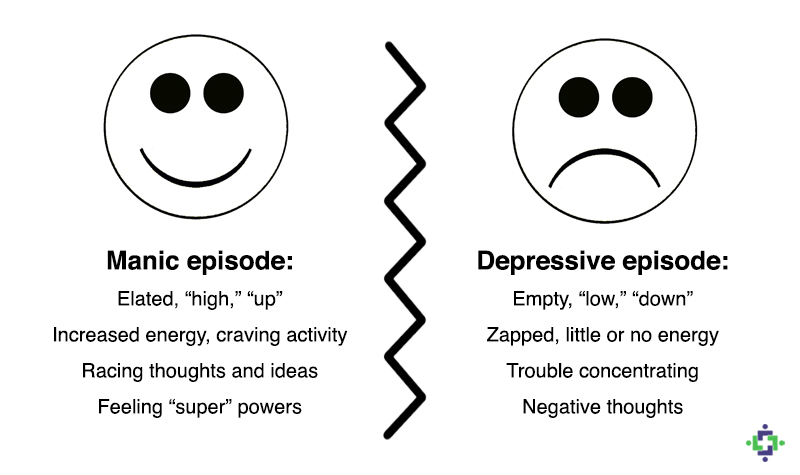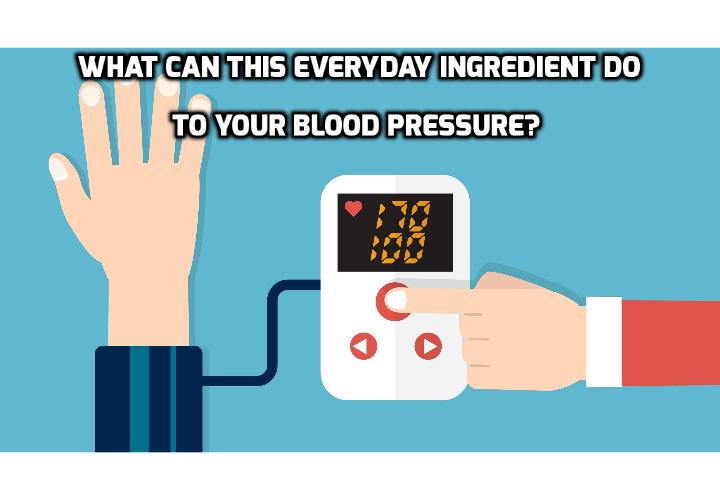Side of brain test
Right-brained? Left-brained? Take the brain test!
- English
- العربية
- Español
- Français
- 日本語
- Português
- Italiano
- 中文
- Deutsch
- Imprint
- Privacy Policy
English العربية Español Français 日本語 Português Italiano 中文 Deutsch Imprint Privacy Policy
Which side of your brain is more dominant?
The 30-Second Brain Test
In which direction is the dancer turning?
Nobuyuki Kayahara ©
Choose the color, not the word. You have 4 seconds for each task.
Of the following, which picture appeals to you most?
This picture is most similar to
Of the following, which picture best fits the theme of friendship?
Put your hand on your head.
Which hand did you use?
left
right
Cross your hands over your chest.
Which hand is on top?
left
right
Cross your legs.
Which leg is on top?
left
right
Look at an object and close one eye.
Which eye is still open?
left
right
Congratulation
rules
language
strategy
details
rationality
logic
images
chaos
creativity
intuition
fantasy
curiosity
- Share your result
Explanation of the brain test
More about your brain
- Share your result
Thank you for your
participation.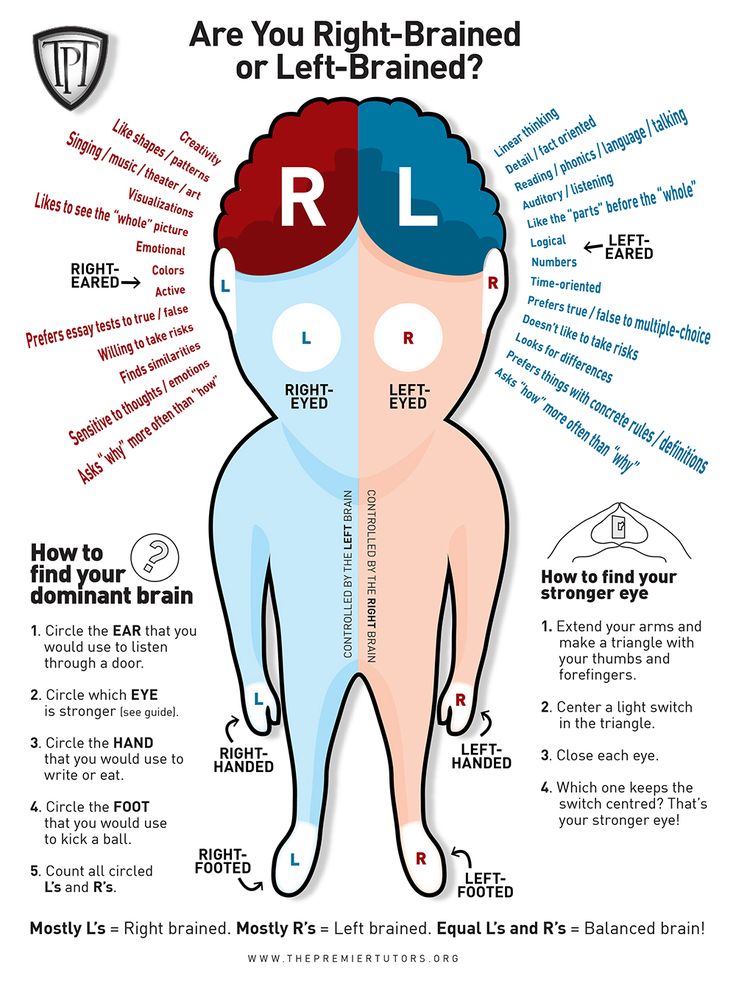
We welcome your feedback.
- Share your result
Frohe Weihnachten von SOMMER+SOMMER
The brain test is a fun and insightful game that helps us learn more about ourselves and the way we think.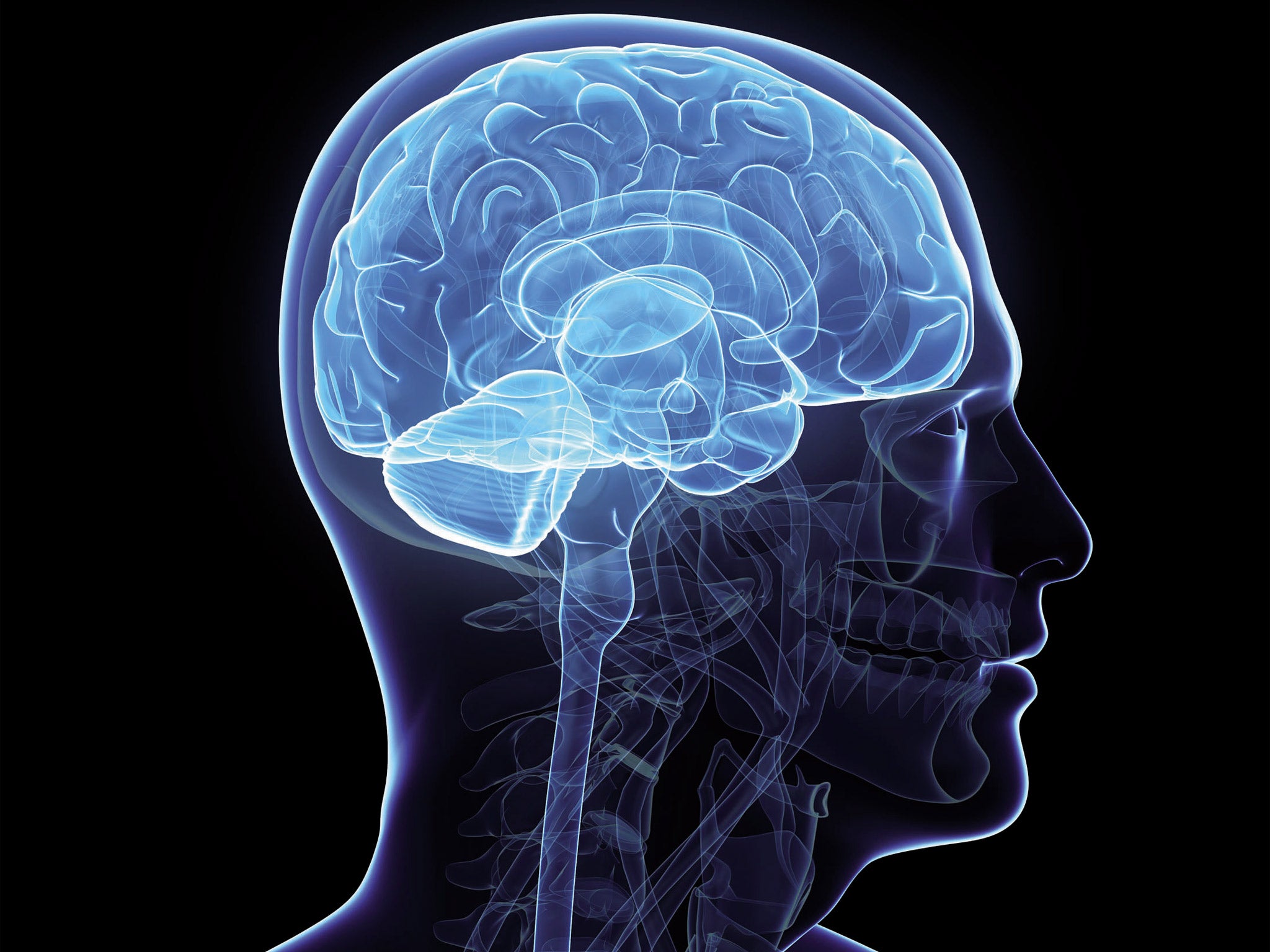 There are no right or wrong answers, it merely tests the balance between the left and right hemispheres of the brain. The brain test doesn't measure knowledge like a brain training game does, and it is not designed for brain development, however it does tell us a lot about our brains; the result reveals to users how much they use the left and right hemispheres of the brain. Simply complete the quiz to get the result. Have fun!
There are no right or wrong answers, it merely tests the balance between the left and right hemispheres of the brain. The brain test doesn't measure knowledge like a brain training game does, and it is not designed for brain development, however it does tell us a lot about our brains; the result reveals to users how much they use the left and right hemispheres of the brain. Simply complete the quiz to get the result. Have fun!
Legal | privacy policy
¿Cuál es su hemisferio cerebral predominante? ¿Derecho o izquierdo? ¡Haga el test!
¿Qué lado de su cerebro es más dominante?
Test Cerebral en 30 segundos
Comenzar
¿En qué dirección gira la bailarina?
Nobuyuki Kayahara ©
Escoja el color, no la palabra. Tiene 4 segundos para cada tarea.
Comenzar
De los siguientes dibujos, ¿cuál le atrae más?
Este dibujo es más parecido a
De los siguientes dibujos, ¿cuál define mejor la amistad?
Coloque una mano sobre su cabeza.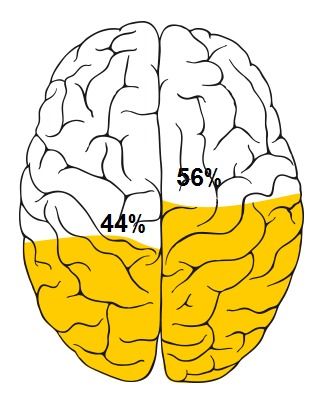
¿Qué mano ha utilizado?
izquierda
derecha
Cruce los brazos sobre el pecho.
¿Qué mano está situada encima?
izquierda
derecha
Cruce las piernas.
¿Qué pierna está situada encima?
izquierda
derecha
Mire fijamente un objeto y cierre un ojo.
¿Qué ojo tiene abierto?
izquierda
derecha
Felicidades
reglas
idioma
estrategia
detalles
racionalidad
lógica
imágenes
caos
creatividad
intuición
fantasía
curiosidad
- Comparta su resultado
Explicación
Pregunta 1: bailarina
Según funcione su cerebro, la bailarina girará hacia la izquierda o hacia la derecha. Si gira hacia la derecha, significa que utiliza predominantemente el lado derecho de su cerebro; además, tiene más posibilidades de ser diestro.
Si gira hacia la derecha, significa que utiliza predominantemente el lado derecho de su cerebro; además, tiene más posibilidades de ser diestro.
Pregunta 2: Test de color
Conflicto:El lado derecho del cerebro quiere elegir el color que concuerda con la palabra, mientras que el izquierdo quiere elegir la palabra escrita. Si comete un error, es debido a la acción del lado izquierdo del cerebro.
Pregunta 3: dibujo
Respuesta A:
Si ha elegido este dibujo, el lado izquierdo de su cerebro es más dominante. Esto es debido a que el círculo tiene una forma simple y reconocible que es más fácil de definir.
Respuesta B:
Esta forma es un punto intermedio entre la simplicidad del primer dibujo y la complejidad de la respuesta C. La figura es más compleja y fascinante, aunque autónoma. Por tanto, es elegida mayoritariamente por gente cuyas mitades cerebrales dominan por igual.
Respuesta C:
Si ha elegido este dibujo, el lado derecho de su cerebro es más dominante.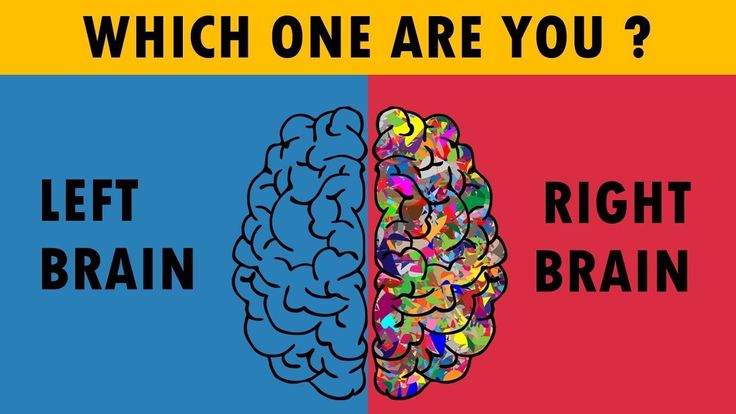 La figura aparece incompleta, sin forma o dirección. Ofrece la posibilidad de desarrollo.
La figura aparece incompleta, sin forma o dirección. Ofrece la posibilidad de desarrollo.
Pregunta 4: Parecido a
Respuesta A:
Aquí, las figuras también son iguales en tamaño. Sin embargo, difieren ampliamente en color. El factor visual es el resultado de la dominancia del lado izquierdo del cerebro.
Respuesta B:
Las figuras son iguales en tamaño y relativamente iguales en color. Si ha elegido la respuesta A, el lado derecho de su cerebro es más dominante.
Respuesta C:
Aquí, el dibujo original estaba fragmentado. Si ha elegido esta respuesta, el lado derecho de su cerebro es más dominante.
Pregunta 5: amistad
Respuesta A:
Los círculos en esta figura están agrupados holgadamente, aunque no de manera completamente desestructurada. Si ha elegido esta respuesta, ningún lado de su cerebro domina con claridad.
Respuesta B:
La disposición de los círculos en esta imagen es la que se espera típicamente de un circulo de amigos. Este factor visual es el resultado de la dominancia del lado izquierdo del cerebro.
Este factor visual es el resultado de la dominancia del lado izquierdo del cerebro.
Respuesta C:
En esta imagen, los círculos están igualmente distantes entre sí. La respuesta C es elegida con más frecuencia por aquellos cuya parte derecha del cerebro es dominante.
Preguntas 6, 7 y 8:
Si el lado derecho es dominante, utilizará la mano izquierda, la pierna izquierda o el ojo izquierdo.
Si el lado izquierdo es dominante, utilizará la mano derecha, la pierna derecha o el ojo derecho. En estos casos, el lado derecho del cuerpo es controlado por el lado izquierdo del cerebro, y viceversa.
- Comparta su resultado
siguiente
Gracias por su
participación.
Agradeceremos sus comentarios.
- Comparta su resultado
Frohe Weihnachten von SOMMER+SOMMER
siguiente
The brain test is a fun and insightful game that helps us learn more about ourselves and the way we think.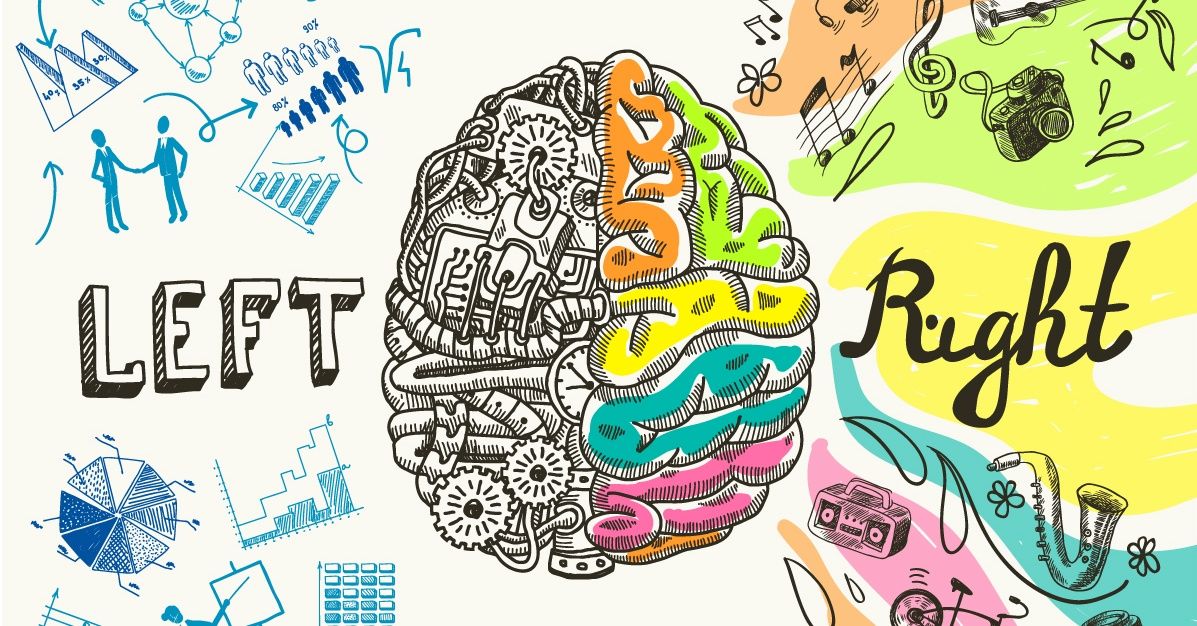 There are no right or wrong answers, it merely tests the balance between the left and right hemispheres of the brain. The brain test doesn't measure knowledge like a brain training game does, and it is not designed for brain development, however it does tell us a lot about our brains; the result reveals to users how much they use the left and right hemispheres of the brain. Simply complete the quiz to get the result. Have fun!
There are no right or wrong answers, it merely tests the balance between the left and right hemispheres of the brain. The brain test doesn't measure knowledge like a brain training game does, and it is not designed for brain development, however it does tell us a lot about our brains; the result reveals to users how much they use the left and right hemispheres of the brain. Simply complete the quiz to get the result. Have fun!
Test - which hemisphere of the brain dominates?
The idea of separating the functions of the brain is not taken from the ceiling, but a scientifically substantiated fact. American neuropsychologist Roger Sperry won the Nobel Prize in Physiology and Medicine in 1981 for his research on the division of the brain. Do you want to know whether the left or right hemisphere of your brain dominates and to what extent? Take this test to get the exact result!
One of the test questions requires you to listen to music, please connect speakers or headphones.
What items do you prefer?
Mathematics or similar exact sciences
Musical or art-like lessons
When you listen to a new song, do you usually:
Pay attention to the lyrics
Listen to the melody and rhythm pay attention when you look at the picture?
Number
Figure
When you make an appointment to meet someone, you usually:
Arrive early, just in case
Arrive on time or a little later
When reading a book or article:
I pay attention to every word and every detail.
I read fluently and prefer to focus on the essentials.
You need to cook something right now (you already have some experience in cooking), you:
I will follow the recipe step by step.
I will cook something new without using a recipe.
If a person asks you for directions from a red star to a yellow dot, how do you explain the way to them?
Go straight for 100 meters, turn right at the crossroads and walk another 50 meters, you will be there.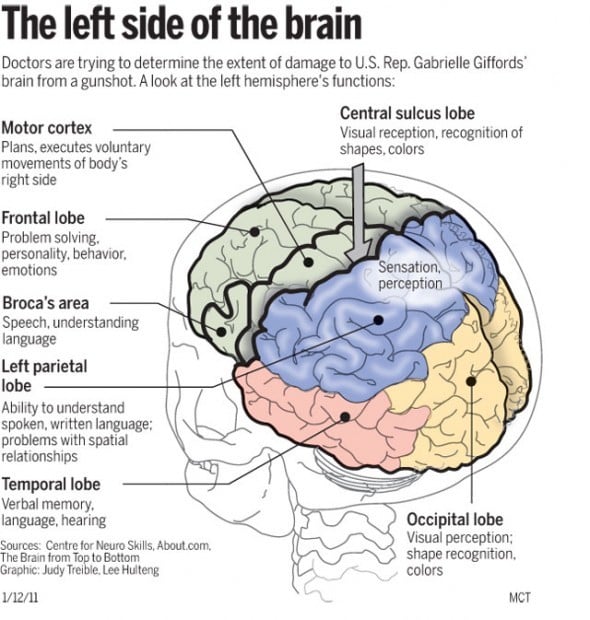
Go straight to the building at the crossroads, then turn right and go straight, the right place is in front of building B.
When you watch a movie, you pay more attention to:
Action.
What do you admire about a successful businessman and philanthropist:
His insight and sharp mind
His devotion to charity and desire to help people
Solving a mathematical problem, you are faced with the one that you solved earlier. You have enough time to solve the problem differently, you:
Solve the same way you did the first time
Try to solve it using a different approach
When it comes to math problems, you are better:
solve direct calculations
solve shapes (geometry)
Please close one eye and stare forward with the other for 3 seconds before choosing an answer.
I closed my right eye.
I closed my left eye.
Which of the two figures do you like best?
A
B
Listen to 2 audio recordings.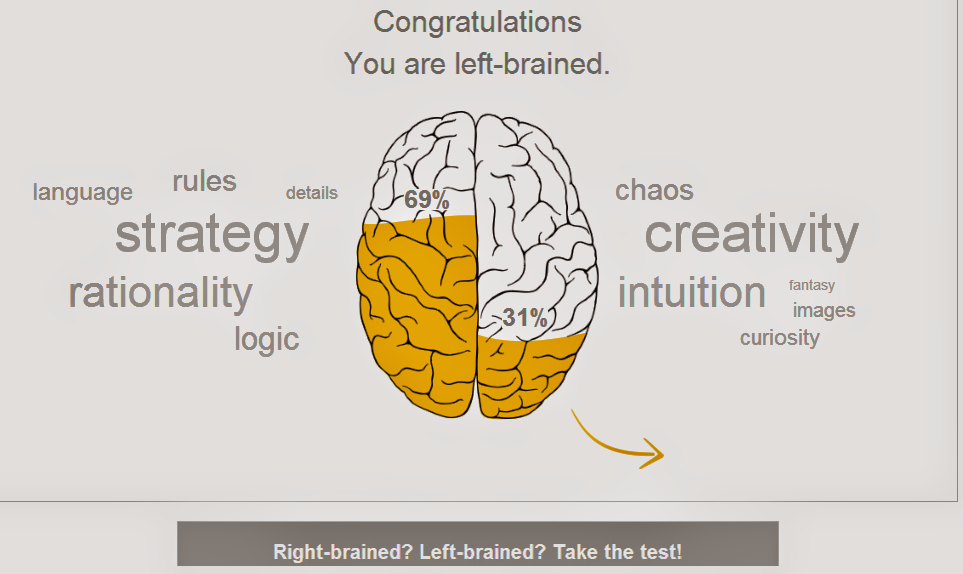 Which one do you like more?
Which one do you like more?
First audio recording
Second audio recording
Would you rather have a mathematical discussion or an art exhibition?
Mathematical discussion
Art exhibition
What type of novel do you prefer?
Novels like Sherlock Holmes
Novels like Harry Potter
If you have to describe the positioning of an eggplant relative to a watermelon, how would you describe it?
Say: "The eggplant is in the upper left corner and the watermelon in the lower right. They are facing each other."
Describe positioning by nodding and gesturing frequently.
Your room is usually:
Very neat. I like the order and organization of things.
Not very neat. As long as I feel comfortable, everything is fine.
Which choice do you think is correct?:
Red
Red
Blue
You have decided to learn something new, what will you choose?
New languages
A new art form, such as dancing or painting.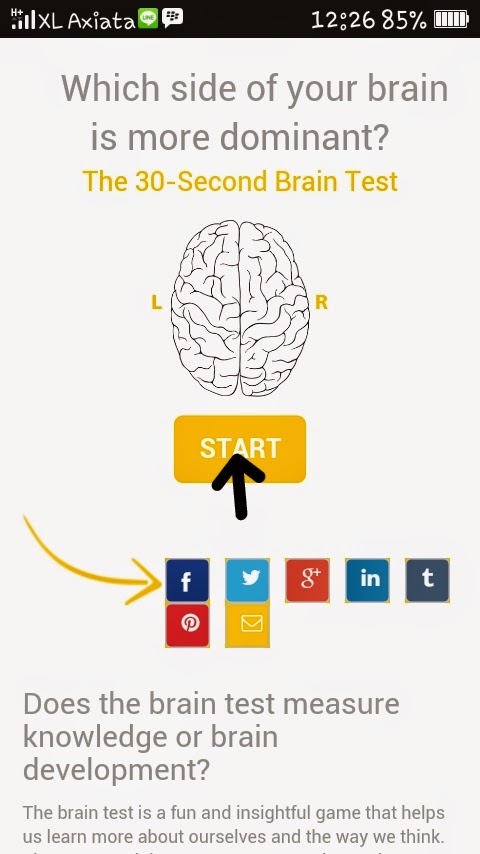
Regarding your schedule, what is the most accurate description?
I have a detailed schedule that I strictly follow.
I am more liberal with my time, prefer not to make rules and live freely.
Which of the following most closely resembles the figure below?
Use your finger to draw a C on the forehead. In which direction is it directed:
opening towards the right eye
opening towards the left eye
Which pattern will you choose?
Which pattern will you choose?
1
2
When you argue with someone, how do you prove you're right?
1
2
What best describes your wardrobe?
I prefer calm and simple clothes. I usually stick to several colors.
I prefer different styles, bright and saturated colors.
If you could be successful in any profession, what would it be?
An astronomer dedicated to discovering mysteries.
A writer working on a poem about a Superhero who saves humanity during Judgment Day.
On a trip with friends, in the evening, you have time to chat. What would you talk about?
About interesting things that happened during the day.
Scary stories about ghosts.
If you could give a birthday present to your 5-year-old self, what would you give?
Stuffed toy or figurine
Lego or puzzles
Your gender:
Female
Male
Right, left side test | Psylist.net
Psychological workshop ↓
The “right, left side” test is based on the functional asymmetry of the right and left hemispheres of the brain. Scientists have long proven that if the right hemisphere of the brain is the leading (performs more functions) of the two hemispheres, then the emotional sphere prevails in a person. If the left hemisphere turns out to be the leading one, then in a person the analytical mindset prevails over emotionality.
If the left hemisphere turns out to be the leading one, then in a person the analytical mindset prevails over emotionality.
The proposed test is aimed at identifying the relationship between the roles of the functions of the cerebral hemispheres. For this, four signs are used, which are innate and, as a rule, do not change until the end of life. True, with one amendment, with strong excitement, the leading hemispheres can change roles. Therefore, for the purity of testing, a certain tranquility of your mood is required.
Let's get started!
- Interlace your fingers several times and you will notice that the same finger always ends up on top. An emotional person will have a left finger on top, with a predominance of an analytical mindset - the right one.
- Try, taking a pencil or pen, on an outstretched hand to combine it (her) with a vertical line (door, window). Now alternately close the left and right eyes. When you close the "leading" eye, the object that you hold in your hand will move relative to the aiming line.
 The right leading eye speaks of a firm, persistent, more aggressive character, the left - of a soft and compliant.
The right leading eye speaks of a firm, persistent, more aggressive character, the left - of a soft and compliant. - If, when interlacing the arms on the chest, the left hand is on top, then you are capable of coquetry, the right hand is prone to simplicity and innocence.
- If you feel comfortable clapping with your right hand, you can talk about a decisive character, with your left - you often hesitate before making a decision.
If the results are denoted by the letters P (right) and L (left), depending on the leading eye or hand, you get a combination of four letters (one of 16 possible combinations). Each combination corresponds to a psychological mini-portrait. The difference between your own idea of your person and the description of a mini-portrait should not surprise you, because in fact these are theoretical types, and each of us is always somewhere on their borders.
And now let's decipher the types!
- PPPP - the type is characterized by conservatism, orientation towards the generally accepted opinion (stereotype).
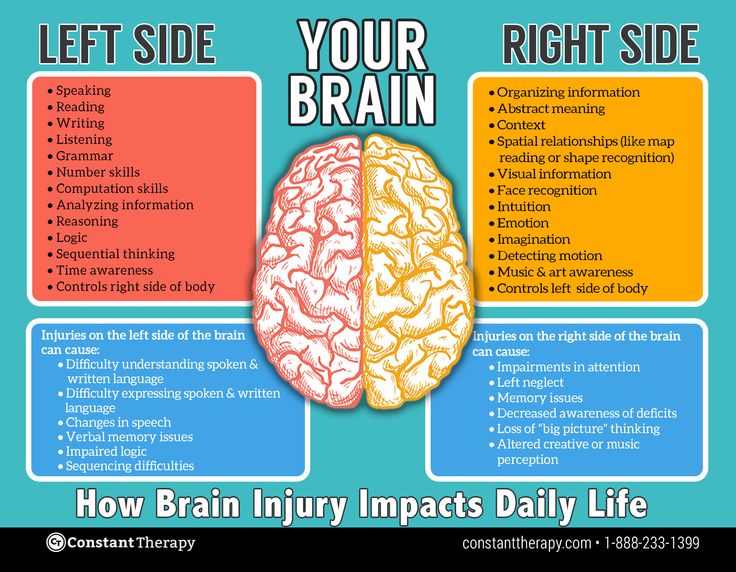 He does not like to conflict, argue and quarrel.
He does not like to conflict, argue and quarrel. - PPPL - the defining trait of the character of this type - indecisiveness.
- PPLP - the type is characterized by coquetry, determination, sense of humor, artistry. When communicating with him, humor and determination are needed. This is a very contact type of character. It occurs most frequently in women.
- PPLL is a rare type of character. Close to the previous one, but softer. There is some contradiction between indecision (left applause) and firmness of character (right leading eye).
- PLPP - a type of character that combines an analytical mindset and softness. More common in women - the type of "business" woman. Slow addiction, caution, tolerance in relationships and some coldness.
- PLPL is the weakest and rarest character type. Owners of this nature are defenseless, subject to various influences. They are usually found in women.
- LPPP - this combination is very common. The main feature is emotionality, combined with insufficient perseverance.
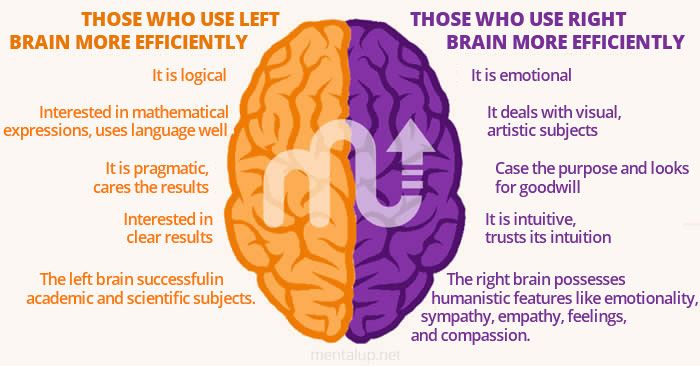 The type lends itself to someone else's influence, and this allows you to adapt to various living conditions. Happy in friends, easily converges with people.
The type lends itself to someone else's influence, and this allows you to adapt to various living conditions. Happy in friends, easily converges with people. - LPPL - characterized by softness, naivety. It requires a special, attentive attitude towards itself - the type of "little queen".
- LLPP - the type is characterized by friendliness and simplicity, some dispersion of interests, a tendency to introspection.
- LLPL - innocence, gentleness and gullibility prevail in the character of the type. A very rare type, almost never found in men.
- LLLP is an emotional, energetic and determined type. But often hastily makes decisions that bring serious complications. The additional brake mechanism is very important. Men with this character are less emotional.
- LLLL is a person with an anti-conservative character. Able to look at old things in a new way. Characterized by emotionality, selfishness, stubbornness, sometimes turning into isolation.
- LPLP is the strongest character type.
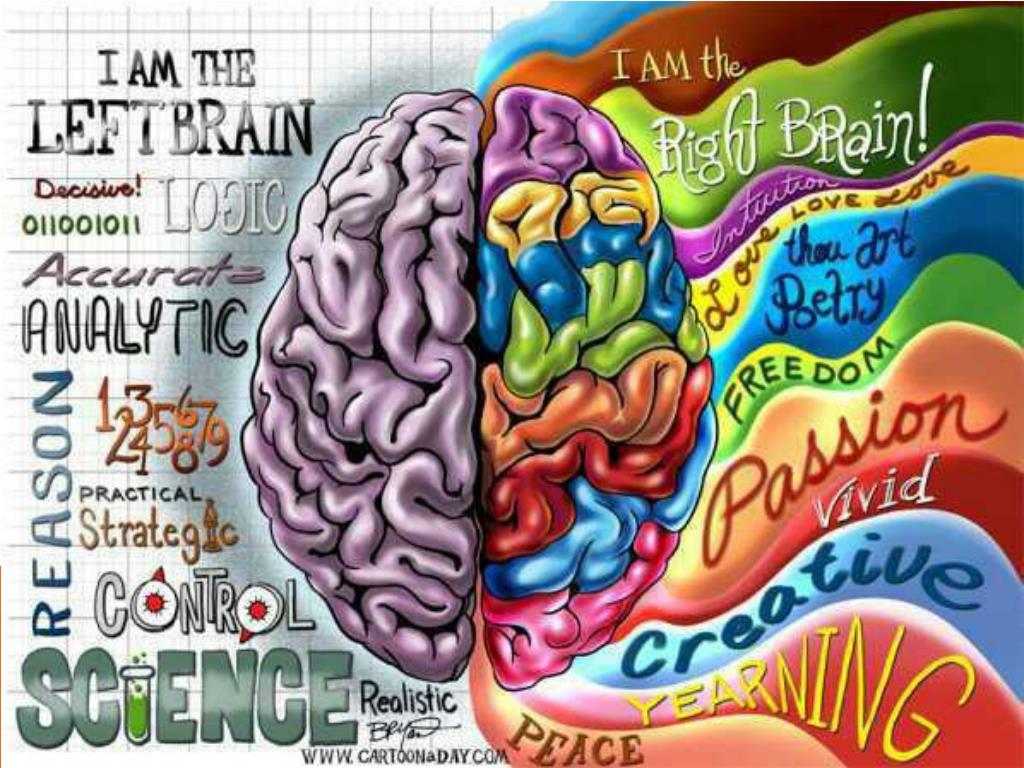 It's hard to convince him of anything. It is difficult to change your point of view. But at the same time, he is energetic, stubbornly achieving his goals.
It's hard to convince him of anything. It is difficult to change your point of view. But at the same time, he is energetic, stubbornly achieving his goals. - LPLL - very similar to the previous type of character. The same perseverance in achieving goals. The owners of this character are stable people, it is sometimes impossible to convince them. They are prone to introspection, finding new friends with difficulty.
- PLLP - the type has a light character. Happily knows how to avoid conflicts, likes to travel. Finds friends easily. However, he often changes his hobbies.
- PLLL - the type is characterized by inconstancy and independence, the desire to do everything yourself. The ability to analyze helps to successfully solve complex problems. Usually seems gentle, but becomes demanding and even cruel when it comes down to it.
Similar materials in the section Psychological workshop:
- Giessen questionnaire (Giesener Beschwerdebogen, GBB)
- Ecologist
- Method for diagnosing interpersonal relationships DME L.

